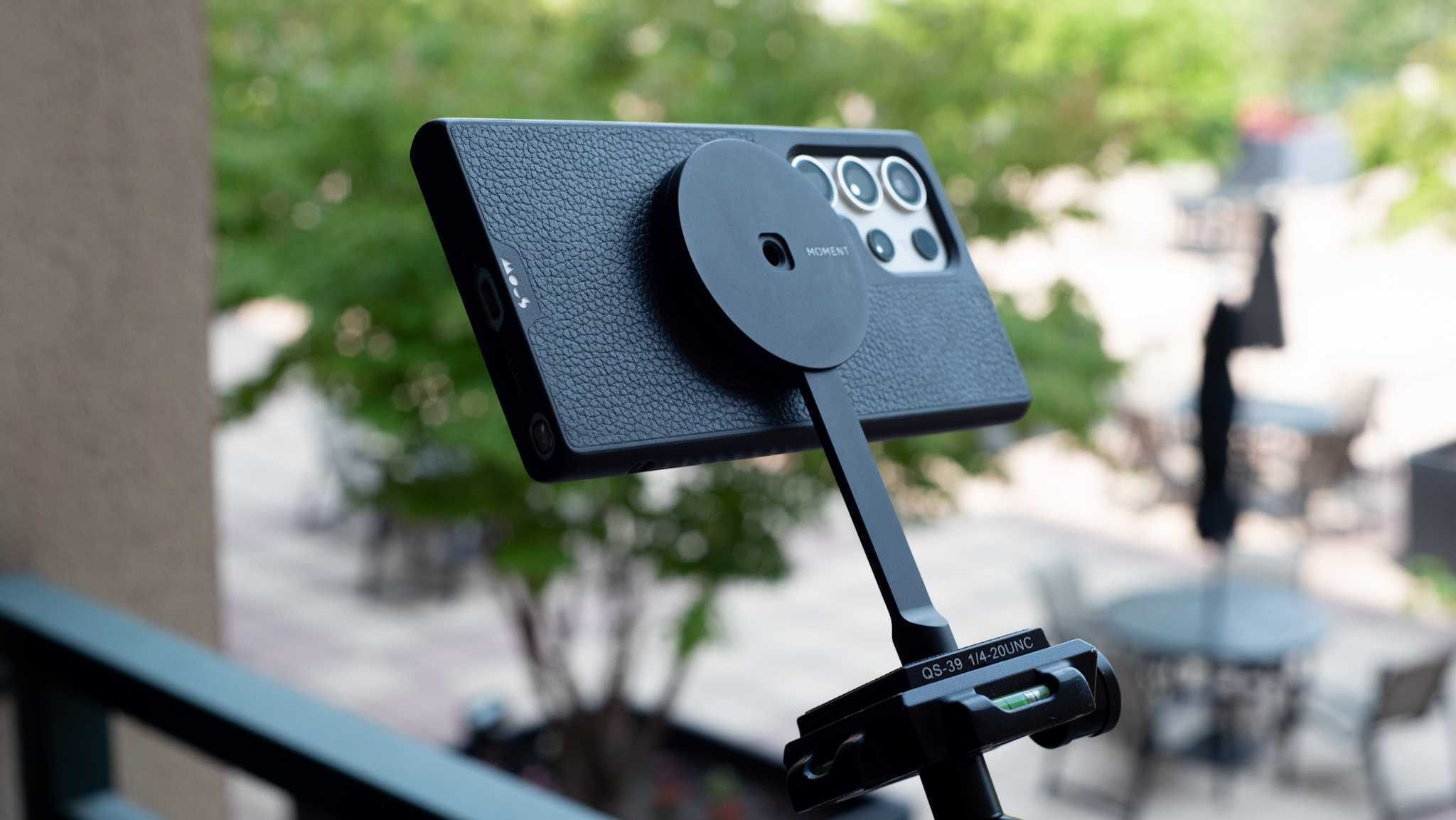
With the August Blue Moon supermoon approaching, I thought I’d revisit the myth, or rumor, or supposition that started in March, saying that the Galaxy S23 Ultra was faking its moon photos. While we knew there was some digital wizardry going on specifically to help shoot the moon, a blogger claimed that he could point the camera at a blurry photo of the moon and the camera would return an image that wasn’t real. It would sharpen the moon and add details that weren’t actually present.
This wasn’t a hoax, and in fact, it was part of the camera’s capabilities. It’s a feature, not a bug, as we say. Samsung has scene optimizers built into the camera that will use so-called AI features to recognize a scene and possibly add detail. It’s smart enough to know if you are taking a photo of the moon, and it will help out.
If you take a photo of a blurry picture of the moon, it will help by making it look sharp. It isn’t hard to fill in precise details. After all, the moon is the moon.
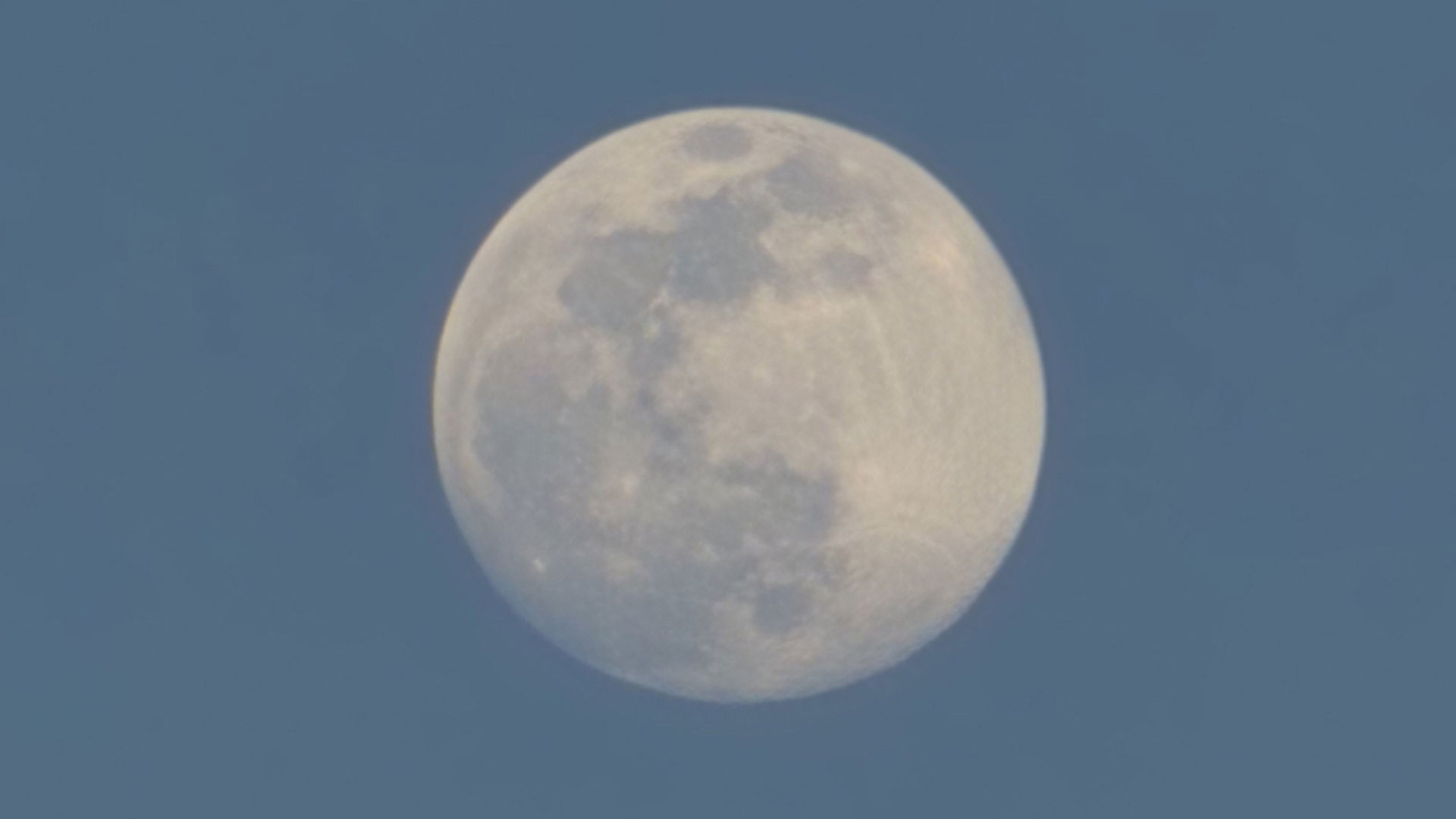
With the scene optimizer turned off, the Galaxy S23 Ultra still takes a really good photo of the moon. In fact, it’s almost too good. It’s so much better than any other smartphone camera, folks still think Samsung may be pulling some shenanigans, or at least the final image may be artificially enhanced. Samsung says this isn’t true.
I believe that I’ve finally proven that the Galaxy S23 Ultra is producing its amazing moon photos through optical sensing and image processing. In other words, no AI tricks are being used. The camera on the S23 Ultra is really creating those amazing moon photos, the ones that make people stop and ask what phone you’re using.
If the Ultra faked moon pics, here’s how it would happen
When you aim the camera at the moon, you get an image on screen that looks exactly like the final image in your gallery after you take the shot. This is true for my iPhone 14 Pro as well. Whatever moon you see on the screen when you take the shot, that’s the best version of the moon that you’ll see. If the phone is improving the image, it’s already happening on the viewfinder screen, not after the shutter button is pressed.
This doesn’t mean the Galaxy S23 Ultra couldn’t still fake a moon photo in real-time. All it needs to do is recognize the moon, and the phone is certainly fast enough to render the moon in real-time.
It could work similarly to the AR filters you find on Snapchat. Instead of recognizing a face and adding a funny hat and beard, the phone recognizes the moon and adds, well, a better picture of the moon. Since it’s the moon and it won’t smile or turn its head or do anything unpredictable, the trick wouldn’t be hard to pull off.
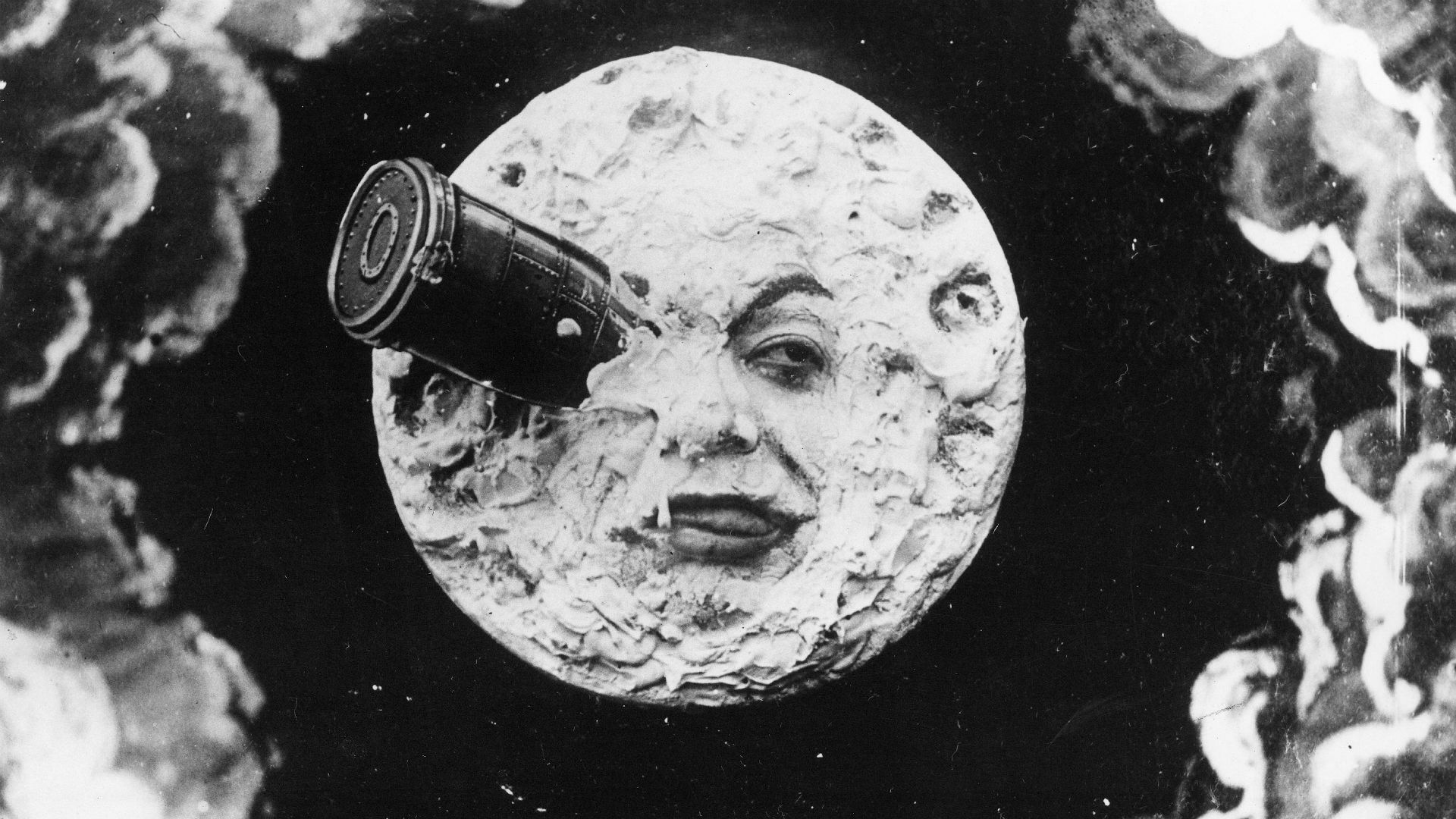
That’s the assumption of what the Galaxy S23 Ultra might be doing, more or less. But a recent photo trip showed me that the phone is actually pulling off its moon photography. It is deciding the appropriate balance for exposure and shutter speed, and producing its photo naturally, using optics and not AI.
If you’ve used AI filters before, even if you just blur the background during Google Meet or Zoom video calls, you know that there is a limit to what even a desktop computer can draw in real time. If your dog jumps into your lap, parts of you may disappear while the computer decides what is background and what is a new subject in the frame.
Here’s how I know the Galaxy S23 Ultra isn’t faking it
While I was taking photos of the full moon on August 1, I had my Galaxy S23 Ultra on a magnetic mount attached to a tripod. The camera was aimed at the moon and focused, but I was adjusting other equipment at the time. White I watched, an airplane flew clearly across the face of the moon.
I didn’t grab the shot in time. I waited for it to happen again, but every passing plane flew too low or high, and I wasn’t willing to wait for a serendipitous moment that may not happen again that evening.
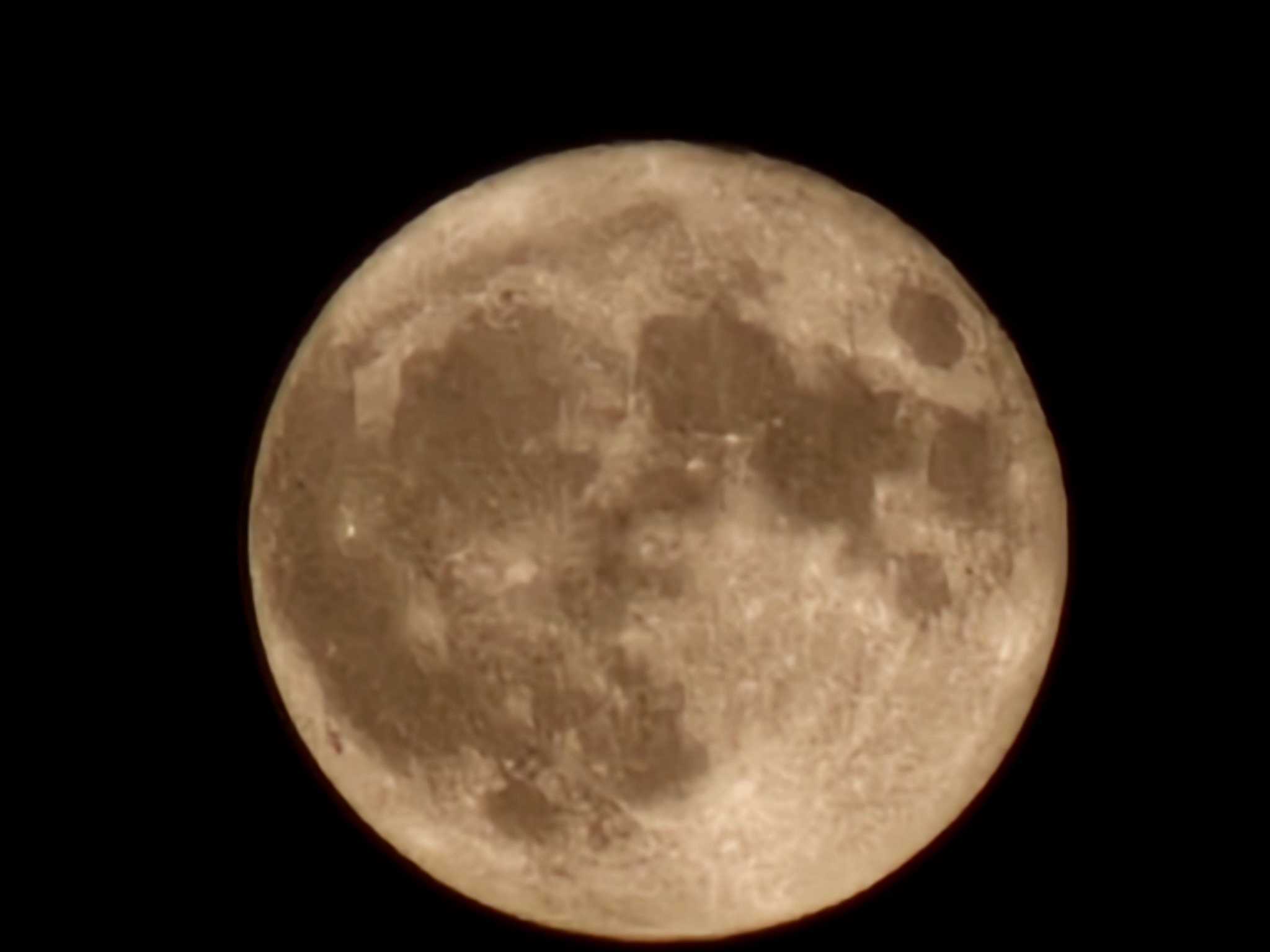
Nevertheless, to me this proves that the Galaxy S23 Ultra is NOT faking its moon photos. The airplane crossed in front of the moon and I could see every bit of detail on both the plane and the earth’s satellite. There was no unnatural moment where the plane disappeared behind the moon, or changed color or detail in any way. It was a clean, smooth flight.
I am 99.9% sure that the Galaxy S23 Ultra is not capable of that level of digital manipulation in real time. I am equally sure that if there were artificial enhancement of the moon, Samsung’s engineers wouldn’t have bothered to also fake a live crossover of an airplane across its face.
Let’s be real about the Galaxy S23 Ultra’s moon photos
Truthfully, the Galaxy S23 Ultra takes a great photo of the moon … for a smartphone. The 10X zoom lens is equivalent to a 230mm DSLR lens in zoom, but a good moon photo requires 600mm or more zoom. The Ultra has a so-called 100X zoom, but it’s a digital zoom, so the image is just a close crop of the 10X optical image, with some digital motion smoothing techniques thrown in for sharpness.
When you look at the image on a smartphone screen, it looks amazing. Like, really astonishing, better even than you can see the moon with your naked eye. When you blow up the photo to full size, however, you can see the image is much more blurry, with less detail than you’d expect. It’s disappointing, until you compare it to every photo of the moon you’ve taken before you got a Galaxy S23 Ultra. Then it’s amazing again.
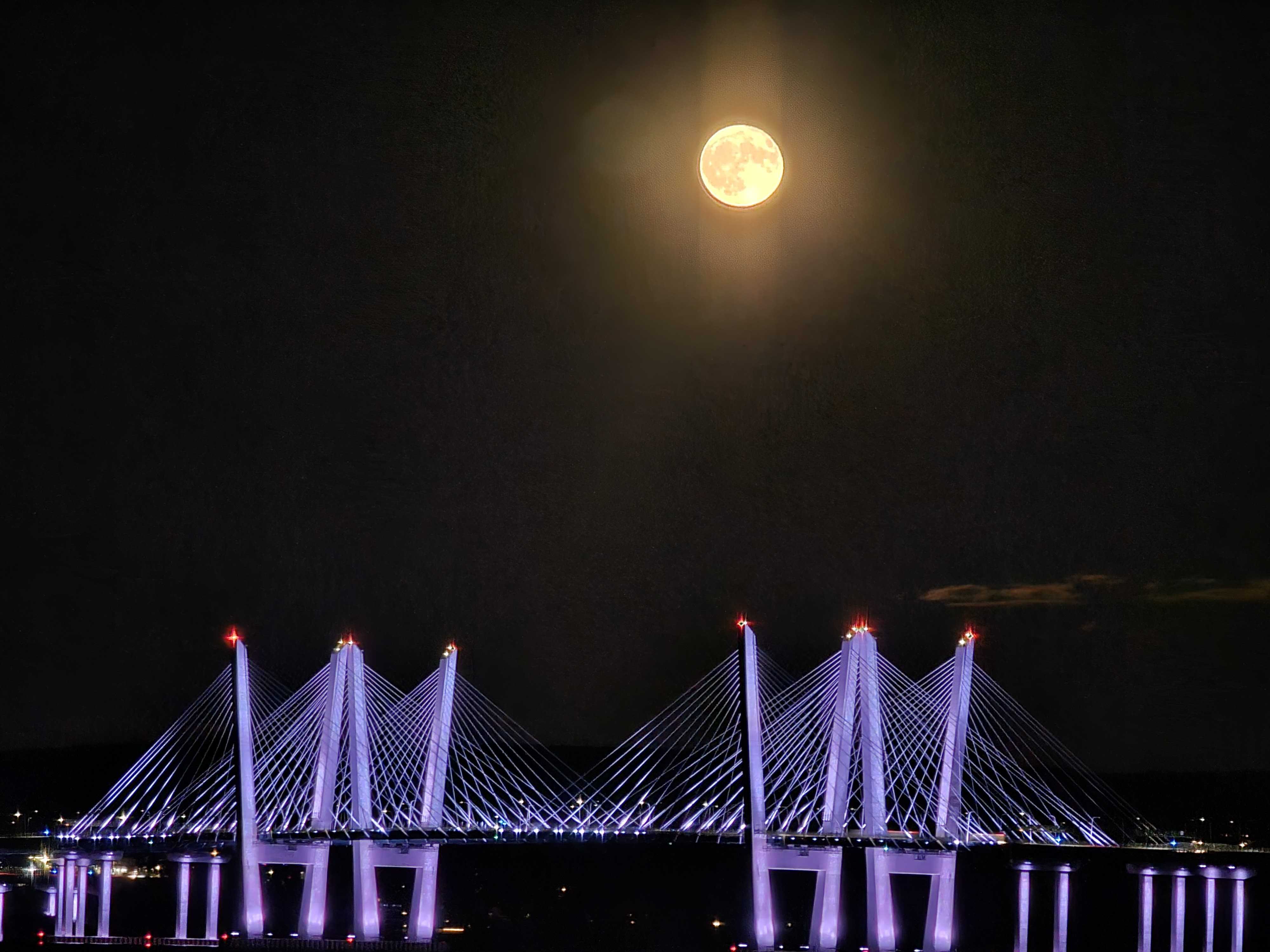
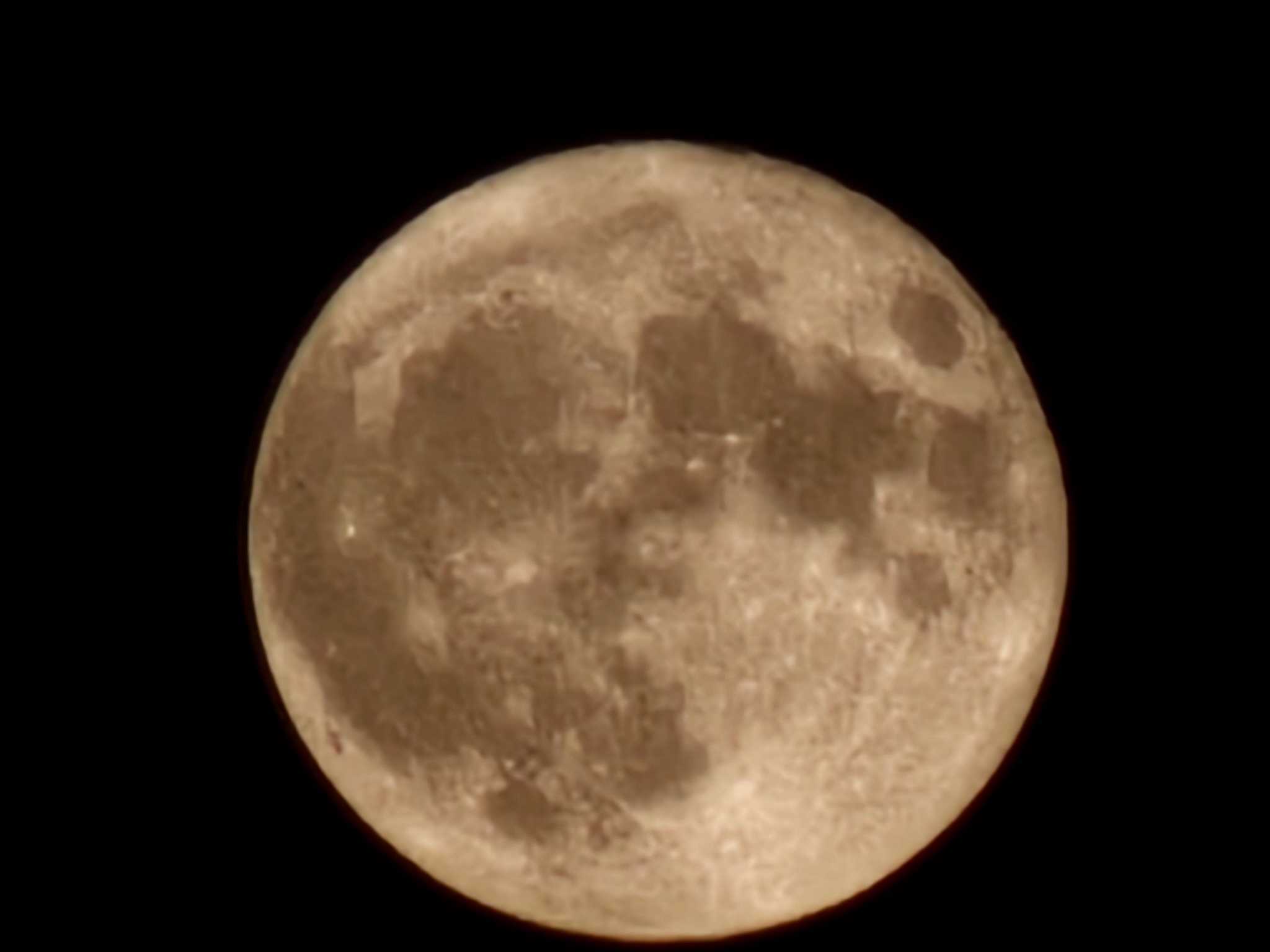
The best photo from my night with the full moon wasn’t even the close-up shot of the moon itself, it was the photo of the moon over the bridge. I used Night mode, which takes a longer exposure and balances dynamic range better on night photos. The Galaxy S23 Ultra took a fantastic shot of the Tappan Zee Bridge and the moon together that managed to reveal details in both, even though the moon is practically as bright as the sun, compared to the dark bridge at night. Whether or not you use the scene optimizers, this phone deserves to be at the top of our list of the best camera phones.







